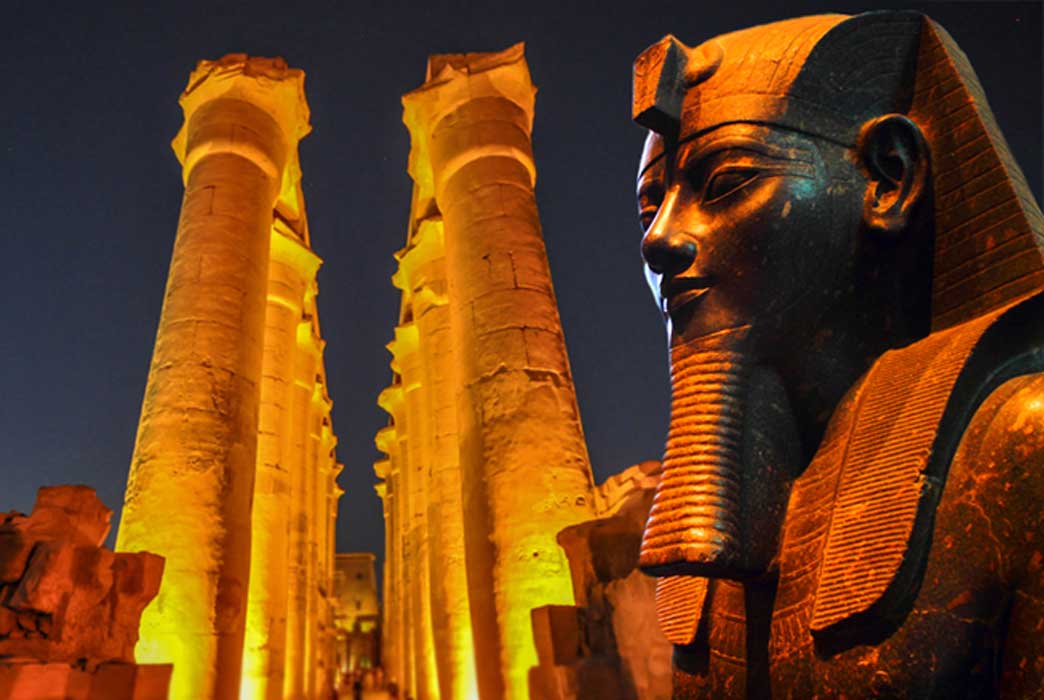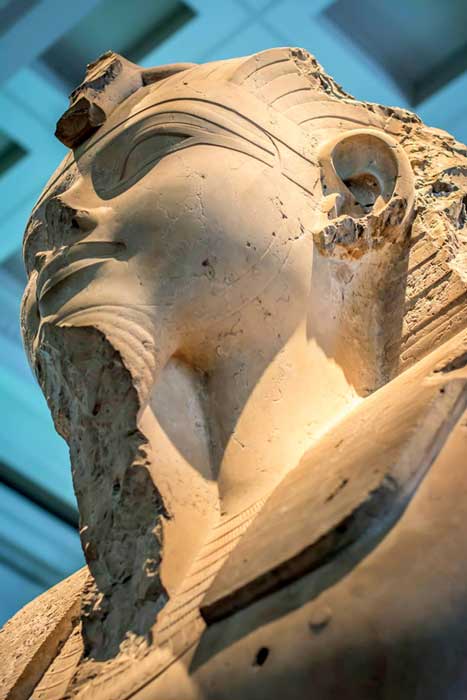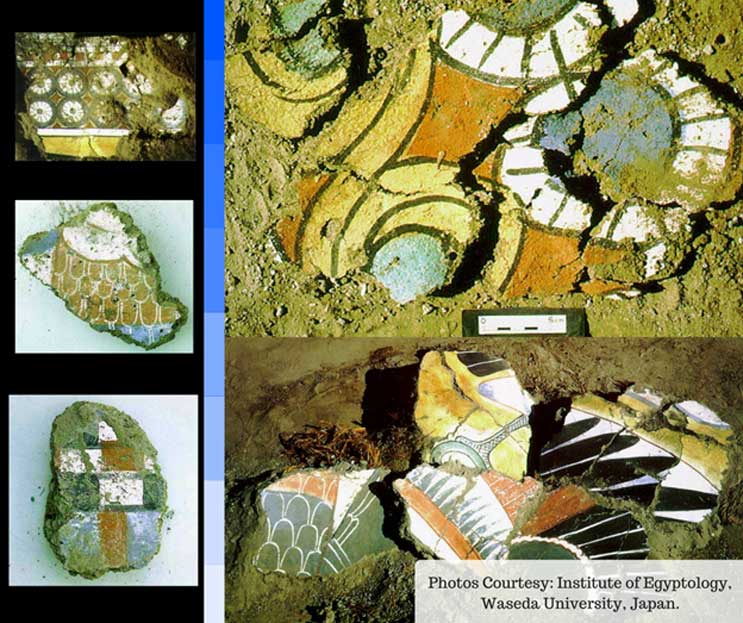
Dazzling Nebmaatre: Sunset in Waset—Part III
The efflorescent era of Amenhotep III ushered in a period of unsurpassed prosperity for Egypt. During this time, the country grew economically and militarily powerful. But the Sun was bound to set on this age of empire – and it did – when Pharaoh “joined the gods” after a memorable reign. It was the end of the epoch of ostentation.
Read Parts I and II of the series here:
Dazzling Nebmaatre: Amenhotep III and the Age of Opulence—Part I
Dazzling Nebmaatre: Queen Tiye, the Matchless Matriarch—Part II
MOVE TO MALQATA
In Regnal Year 29 Amenhotep III shifted his court to the breathtakingly beautiful mud brick palace city of Malqata (Per Hai, “House of Rejoicing”) on the West Bank in Thebes (Waset); which was discovered by George Daressy in 1888. The king lent his own special touch and named the vast royal residence ‘The House of Nebmaatre as Aten's Splendor’.

This limestone statue of Amenhotep III originally stood within his mortuary temple in western Thebes. (Photo: Leslie D. Black)
The huge estate spread over 80 acres (33 hectares) included chapels, audience halls, parade grounds, villas, offices and workshops. The cynosure of all eyes, reveals the fifth commemorative scarab, was the astounding pleasure lake that Amenhotep dug in Queen Tiye’s honor in Year 11. “The lake was huge - just over a mile long and about a quarter of a mile wide... The king and queen celebrated the opening of the lake by sailing on it in the royal barge named ‘The Aten Gleams’ — an interesting name in relation to his son Akhenaten's later religious beliefs,” writes Peter Clayton.
A team of experts from the Institute of Egyptology, Waseda University (Tokyo, Japan) – that had been actively engaged in fieldwork in Egypt from 1966 – undertook a comprehensive excavation of Malqata palace and brought to light a series of wall murals, painted pavements, ceilings and inlays. The details of those who ensured the continued pomp of Amenhotep’s rule, such as chief architect and Pharaoh’s namesake Amenhotep ‘Son of Hapu’, are well-attested; and many officials carved sumptuous tombs with gorgeous paintings, reliefs and commissioned elegant statues of themselves.





